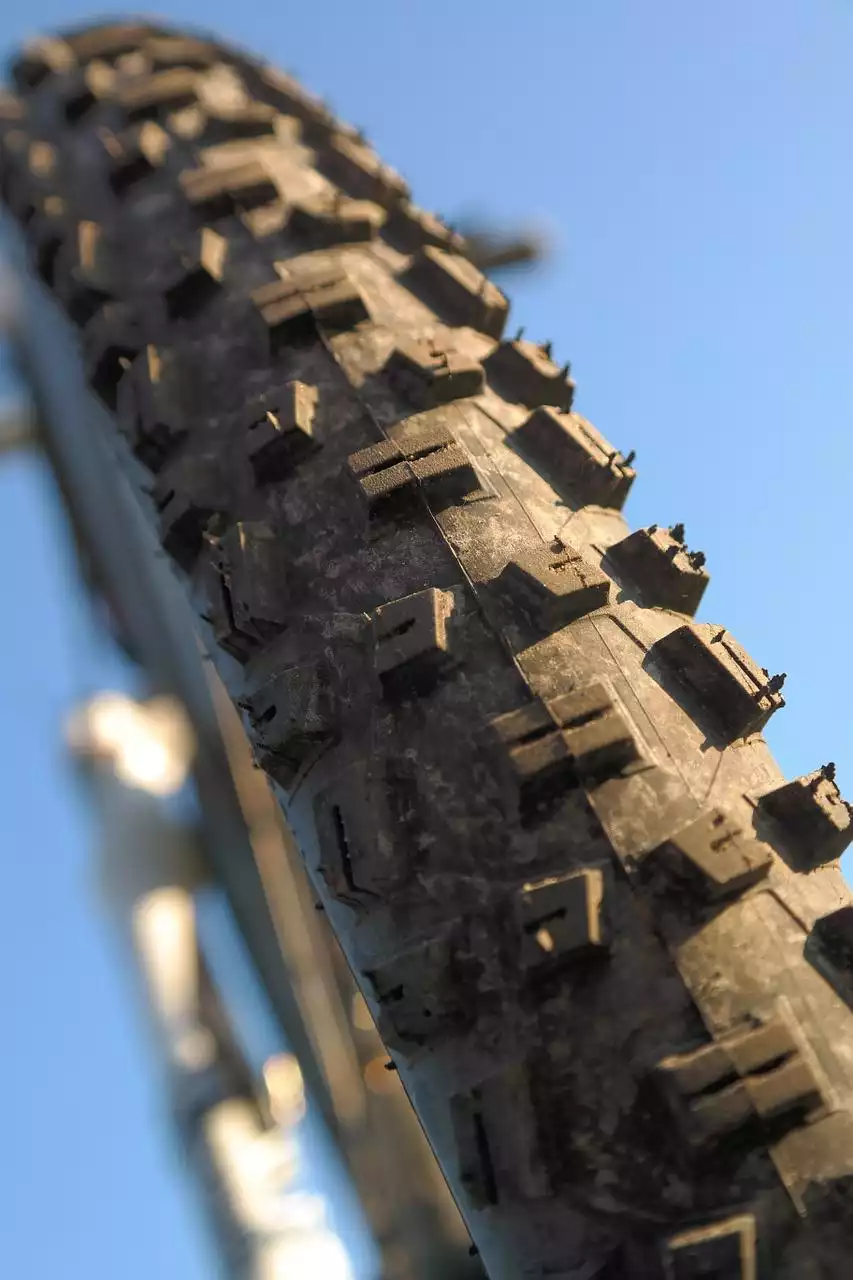In 1887, John Boyd Dunlop invented the pneumatic tire. Prior to that, we had a lot of issues with bicycle tires and keeping them inflated. They were hard to keep in place, had a tendency to be punctured easily, and the rubber was replaced by cloth. This made for an uncomfortable ride as well as an unsafe situation when riding on roads or on rough terrain. Dunlop's invention changed bicycling history forever.
The tire not only gave riders a smoother and more comfortable ride but also increased the safety of cycling. With the air-filled pneumatic tire, it became easier to maintain a constant pressure while in motion thanks to its natural cushioning effect. The improved performance of bicycles soon led to their widespread adoption around the globe. Here are some changes in bicycling history that could be attributed to Dunlop's invention.
How the pneumatic tire changed bicycling history
Many changes can be attributed to the invention of the pneumatic tire. One of the most notable is how it increased bicycle safety. The pneumatic tire's cushioning effect allowed riders to maintain a constant pressure while in motion, making cycling more comfortable and safer. Another important change is that, thanks to its popularity, bicycles became widely adopted around the world. Even without a suspension system it really helps with comfort.
What's happening now with biking?
Since the introduction of the pneumatic tire, biking has become a worldwide phenomenon. In fact, the global biking population is estimated to be over 400 million people. We've seen an increase in bike lanes and city programs that promote cycling as both a healthy and environmentally-friendly way to travel.
Bike-share programs have been popping up in many cities across North America. Riders can now rent bikes with a subscription service or by the hour. Not only are these services convenient for riders, they also increase bicycle safety because riders no longer need to worry about storage or theft since the company takes responsibility for lost or stolen bikes.
The growth in popularity of biking has also led to innovations in bicycle technology. Newer models often come equipped with electric motors that assist riders on hills and provide added power while climbing steep grades. Electric bicycles are even catching on among commuters who use them to travel from home to work without having to use public transportation or ride in heavy traffic - especially those living in urban areas where cycling is becoming more popular. More employers are even offering incentives for employees who commute using alternative transportation methods such as biking, as it helps reduce congestion and parking demands at work.
Where do bike tires go from here?
The tire not only gave riders a smoother and more comfortable ride but also increased the safety of cycling. With the air-filled pneumatic tire, it became easier to maintain a constant pressure while in motion thanks to its natural cushioning effect. The improved performance of bicycles soon led to their widespread adoption around the globe. Here are some changes in bicycling history that could be attributed to Dunlop's invention.
A common complaint when riding a bike is that they can be difficult to keep inflated, have a tendency to be punctured easily, and have a hard surface which causes an uncomfortable ride. The invention of the Dunlop tire solved these issues and made for a more pleasant cycling experience with its natural cushioning effect and improved performance that made bikes more popular than ever before.
Today, one of the main concerns for bike tires is how far we can take this technology before it becomes obsolete. With technological advancements coming fast and furious, it won't be long before there will be something newer for us to try. One thing that bicycle manufacturers are considering is creating tires that are filled with foam instead of air which would make them lighter weight and could potentially go faster without sacrificing stability or comfortability as much as today's rubberized tires do.
What were tires made of in 1900s?
In the 1900s, tires were made of peach baskets and bags of sand. This was also before cars were invented so it would have been a bit difficult to get around.
Conclusion
The bicycle tire has made an incredible impact on the sport of bicycling and its safety. Even as technology advances, the tire will always be a vital part of biking.
The bicycle tire is one of the oldest forms of rubber tubing created for human transportation. When the bicycle tire first came about, it was a huge improvement on the previous leather and wooden wheels that were in use at the time. There was a short period of time when cyclists had to shift from bicycle tires to pneumatic tires.
Pneumatic tires were much more comfortable than the bicycle tires and they were much more durable. The pneumatic tires were a huge improvement to cycling and it was not long before this type of tire became well-loved by bicyclists everywhere.
The modern bike tire is made out of many things, but mostly rubber and nylon. There are some other materials mixed in as well, but rubber and nylon are the main components. In today's world, cyclists have access to a range of tire types to suit their needs such as knobbies and slicks. As long as bicycles exist, so will bicycle tires.


 The St Leger at Doncaster
The St Leger at Doncaster
 Deep Sea Fishing For Marlin
Deep Sea Fishing For Marlin
 The Fundamentals of Gymnastics: Body Positions and Shapes
The Fundamentals of Gymnastics: Body Positions and Shapes Professional Cycling and Drugs
Professional Cycling and Drugs History of the Bicycle
History of the Bicycle